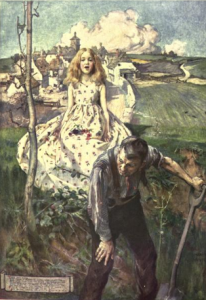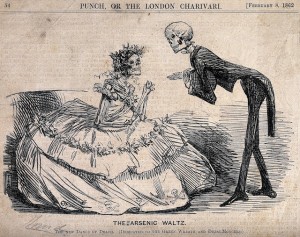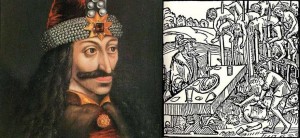An Old Book, A Video Piece: An Experience of Paintings…
“Thumb” through a beautiful old book from The Public Domain Review…
Women painters of the world from the time of Caterina Vigri, 1413-1463, to Rosa Bonheur and the present day; 1905; edited by Walter Shaw Sparrow; The Copp Clark Company Limited, Toronto.
“A heavily illustrated collection of essays, edited by British art critic Walter Shaw Sparrow, focusing on notable women painters from the 15th century to the beginning of the 20th. Of the eight essays only one is written by a woman, Helena Westermarck, a Finnish artist and women’s historian active in the suffragette movement. From the rather lavish preface by Sparrow :
What is genius? Is it not both masculine and feminine? Are not some of its qualities instinct with manhood, while others delight us with the most winning graces of a perfect womanhood? Does not genius make its appeal as a single creative agent with a two-fold sex?…”
See the rest here.
Plus, a video, below — “a 3-minute journey through 500 years of female portraits” —
Share



